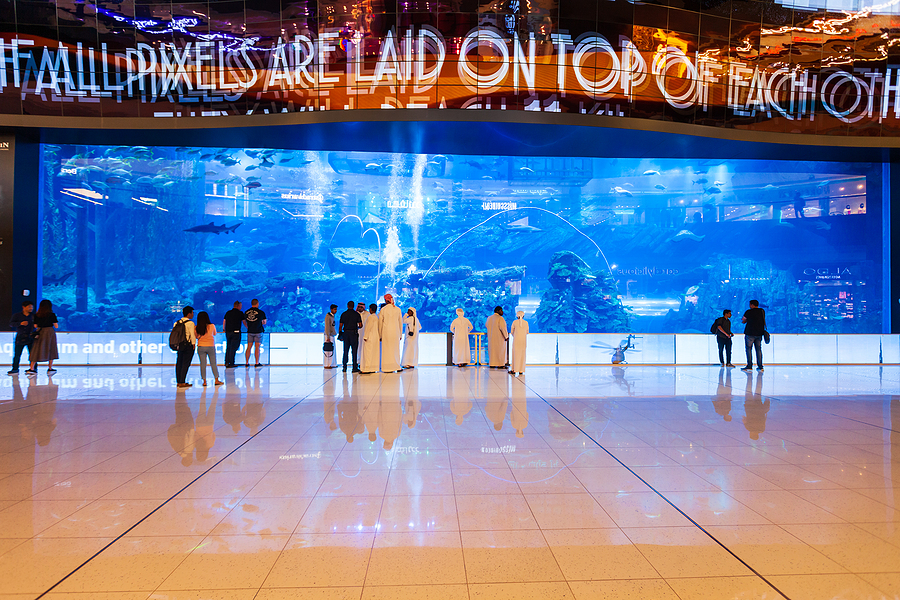When people opt to install an LED video wall, they tend to have one of several practical purposes for it.
The first is advertising, with increasingly ambitious digital signage appearing in the skylines of major cities, as well as other locations such as the largest video wall in the world in Dubai Aquarium.
As well as this, video walls are often used to display important information or provide a better view of events, as was the case for Jumbovision, one of the earliest pieces of video wall technology.
However, there are also other, more unique uses for the high-resolution large screens that have rather more unique uses.
CAVE Technology
With a lot of discussions taking place about the metaverse and virtual reality, one of the most interesting uses for video walls involve not just one, but up to four walls that display stereoscopic 3D images in order to create an immersive video environment.
The Cave Automatic Virtual Environment (CAVE) is a mixed reality system that works fundamentally differently compared to most virtual reality systems on the market.
Rather than relying on bulky, heavy headsets, CAVE required only simple stereoscopic glasses to produce a 3D virtual environment and became very popular in research and development fields for creating a way to visualise a product effectively.
The House Of The Dead 4: Special
There are many different ways to generate immersion, and many modern arcade games take advantage of as many of them as they can fit into a small booth or cabinet.
The House of the Dead 4: Special was a version of the popular 2006 arcade game that had two 100-inch screens and a rotating chair that would move players to face one or the other as they fired. It would even blast the players with air whenever they took damage.
Because of the size of the screens, the advanced (for the time) graphics and the frenetic gameplay, it took advantage of large LED technology to create a sense of immersion few games could at the time.

